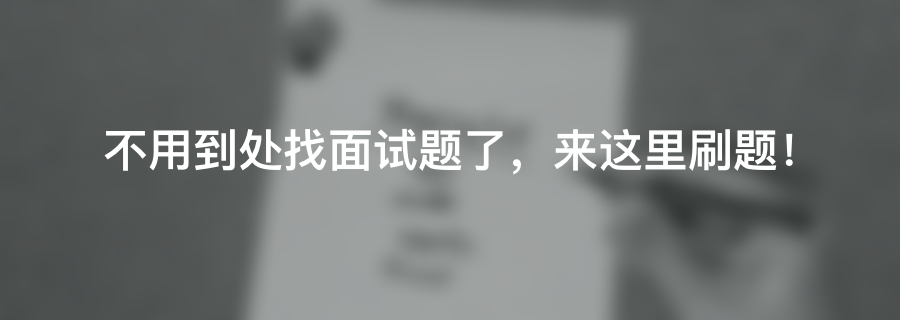RabbitMQ 如何对消费端限流?
点击关注公众号,Java干货及时送达
1. 为什么要对消费端限流
假设一个场景,首先,我们 RabbitMQ 服务器积压了有上万条未处理的消息,我们随便打开一个消费者客户端,会出现这样情况: 巨量的消息瞬间全部推送过来,但是我们单个客户端无法同时处理这么多数据!
当数据量特别大的时候,我们对生产端限流肯定是不科学的,因为有时候并发量就是特别大,有时候并发量又特别少,我们无法约束生产端,这是用户的行为。
所以我们应该对消费端限流,用于保持消费端的稳定,当消息数量激增的时候很有可能造成资源耗尽,以及影响服务的性能,导致系统的卡顿甚至直接崩溃。
2.限流的 API 讲解
RabbitMQ 提供了一种 qos (服务质量保证)功能,即在非自动确认消息的前提下,如果一定数目的消息(通过基于 consume 或者 channel 设置 Qos 的值)未被确认前,不进行消费新的消息。
/**
* Request specific "quality of service" settings.
* These settings impose limits on the amount of data the server
* will deliver to consumers before requiring acknowledgements.
* Thus they provide a means of consumer-initiated flow control.
* @param prefetchSize maximum amount of content (measured in
* octets) that the server will deliver, 0 if unlimited
* @param prefetchCount maximum number of messages that the server
* will deliver, 0 if unlimited
* @param global true if the settings should be applied to the
* entire channel rather than each consumer
* @throws java.io.IOException if an error is encountered
*/
void basicQos(int prefetchSize, int prefetchCount, boolean global) throws IOException;
prefetchSize:0,单条消息大小限制,0代表不限制 prefetchCount:一次性消费的消息数量。会告诉 RabbitMQ 不要同时给一个消费者推送多于 N 个消息,即一旦有 N 个消息还没有 ack,则该 consumer 将 block 掉,直到有消息 ack。 global:true、false 是否将上面设置应用于 channel,简单点说,就是上面限制是 channel 级别的还是 consumer 级别。当我们设置为 false 的时候生效,设置为 true 的时候没有了限流功能,因为 channel 级别尚未实现。 注意:prefetchSize 和 global 这两项,rabbitmq 没有实现,暂且不研究。特别注意一点,prefetchCount 在 no_ask=false 的情况下才生效,即在自动应答的情况下这两个值是不生效的。
3.如何对消费端进行限流
首先第一步,我们既然要使用消费端限流,我们需要关闭自动 ack,将 autoAck 设置为 false channel.basicConsume(queueName, false, consumer);第二步我们来设置具体的限流大小以及数量。 channel.basicQos(0, 15, false);第三步在消费者的 handleDelivery 消费方法中手动 ack,并且设置批量处理 ack 回应为 true channel.basicAck(envelope.getDeliveryTag(), true);
这是生产端代码,与前几章的生产端代码没有做任何改变,主要的操作集中在消费端。RabbitMQ 系列面试题我都整理好了,关注公众号Java技术栈,回复:面试,免费获取哦。
import com.rabbitmq.client.Channel;
import com.rabbitmq.client.Connection;
import com.rabbitmq.client.ConnectionFactory;
public class QosProducer {
public static void main(String[] args) throws Exception {
//1. 创建一个 ConnectionFactory 并进行设置
ConnectionFactory factory = new ConnectionFactory();
factory.setHost("localhost");
factory.setVirtualHost("/");
factory.setUsername("guest");
factory.setPassword("guest");
//2. 通过连接工厂来创建连接
Connection connection = factory.newConnection();
//3. 通过 Connection 来创建 Channel
Channel channel = connection.createChannel();
//4. 声明
String exchangeName = "test_qos_exchange";
String routingKey = "item.add";
//5. 发送
String msg = "this is qos msg";
for (int i = 0; i < 10; i++) {
String tem = msg + " : " + i;
channel.basicPublish(exchangeName, routingKey, null, tem.getBytes());
System.out.println("Send message : " + tem);
}
//6. 关闭连接
channel.close();
connection.close();
}
}
这里我们创建一个消费者,通过以下代码来验证限流效果以及 global 参数设置为 true 时不起作用。我们通过Thread.sleep(5000); 来让 ack 即处理消息的过程慢一些,这样我们就可以从后台管理工具中清晰观察到限流情况。
import com.rabbitmq.client.*;
import java.io.IOException;
public class QosConsumer {
public static void main(String[] args) throws Exception {
//1. 创建一个 ConnectionFactory 并进行设置
ConnectionFactory factory = new ConnectionFactory();
factory.setHost("localhost");
factory.setVirtualHost("/");
factory.setUsername("guest");
factory.setPassword("guest");
factory.setAutomaticRecoveryEnabled(true);
factory.setNetworkRecoveryInterval(3000);
//2. 通过连接工厂来创建连接
Connection connection = factory.newConnection();
//3. 通过 Connection 来创建 Channel
final Channel channel = connection.createChannel();
//4. 声明
String exchangeName = "test_qos_exchange";
String queueName = "test_qos_queue";
String routingKey = "item.#";
channel.exchangeDeclare(exchangeName, "topic", true, false, null);
channel.queueDeclare(queueName, true, false, false, null);
channel.basicQos(0, 3, false);
//一般不用代码绑定,在管理界面手动绑定
channel.queueBind(queueName, exchangeName, routingKey);
//5. 创建消费者并接收消息
Consumer consumer = new DefaultConsumer(channel) {
@Override
public void handleDelivery(String consumerTag, Envelope envelope,
AMQP.BasicProperties properties, byte[] body)
throws IOException {
try {
Thread.sleep(5000);
} catch (InterruptedException e) {
e.printStackTrace();
}
String message = new String(body, "UTF-8");
System.out.println("[x] Received '" + message + "'");
channel.basicAck(envelope.getDeliveryTag(), true);
}
};
//6. 设置 Channel 消费者绑定队列
channel.basicConsume(queueName, false, consumer);
channel.basicConsume(queueName, false, consumer1);
}
}
我们从下图中发现 Unacked值一直都是 3 ,每过 5 秒 消费一条消息即 Ready 和 Total 都减少 3,而 Unacked的值在这里代表消费者正在处理的消息,通过我们的实验发现了消费者一次性最多处理 3 条消息,达到了消费者限流的预期功能。

当我们将void basicQos(int prefetchSize, int prefetchCount, boolean global)中的 global 设置为 true的时候我们发现并没有了限流的作用。

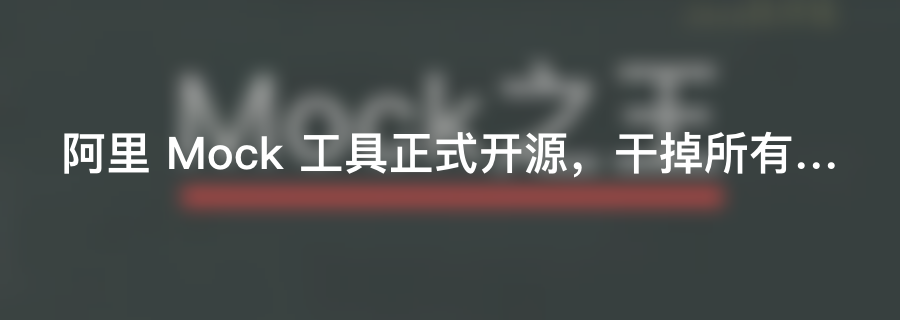
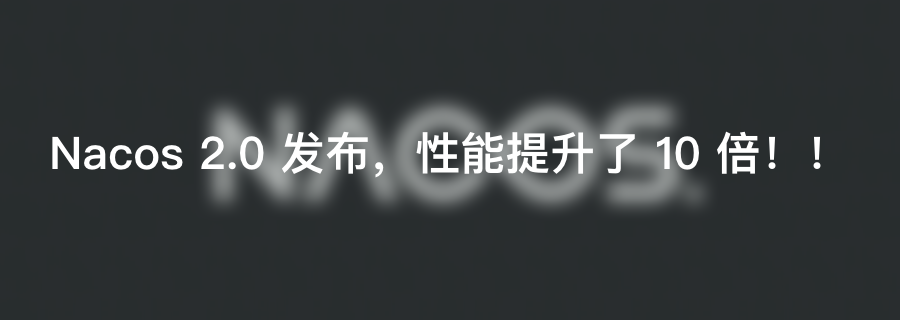

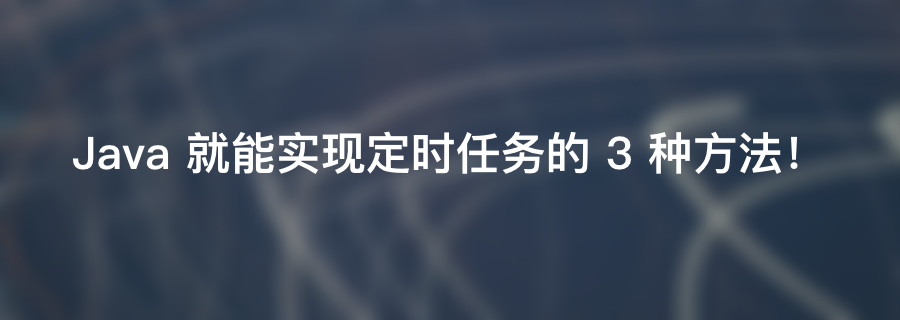
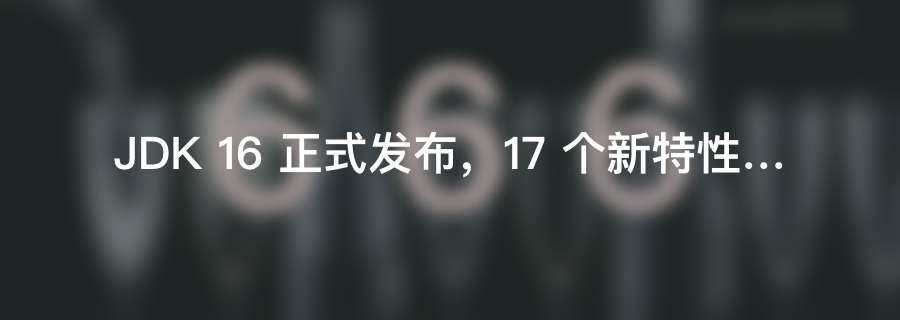
关注Java技术栈看更多干货


